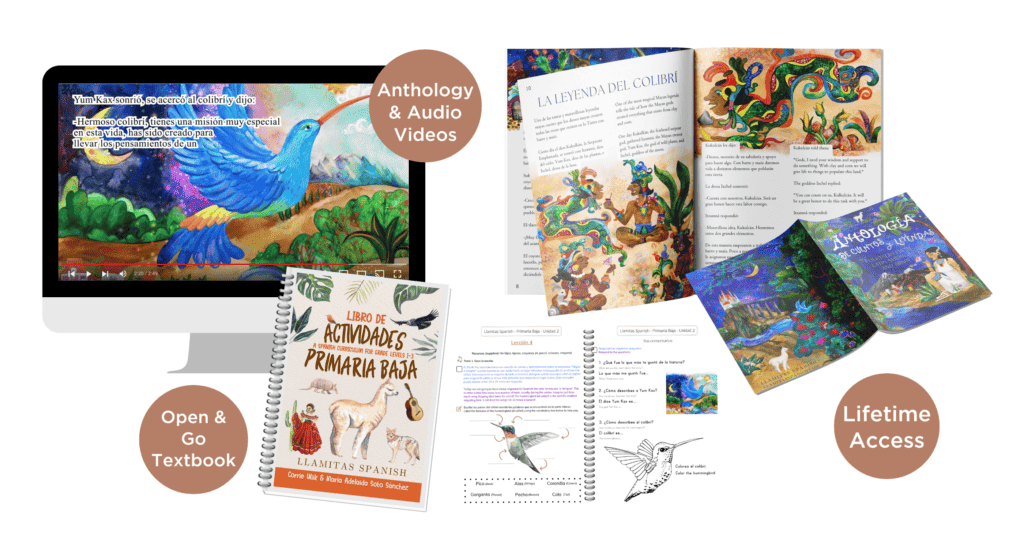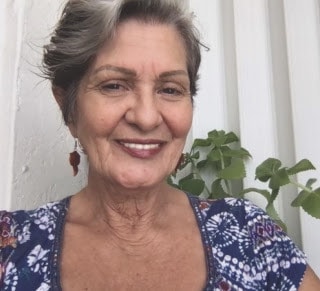In this post: A deep dive into the definition of biculturalism. Plus common benefits and challenges for families raising bicultural kids in the U.S
The term “biculturalism” – along with its cousin “multiculturalism” – is every day defining more and more of our global existence, social spaces, homes, and chosen lifestyles.
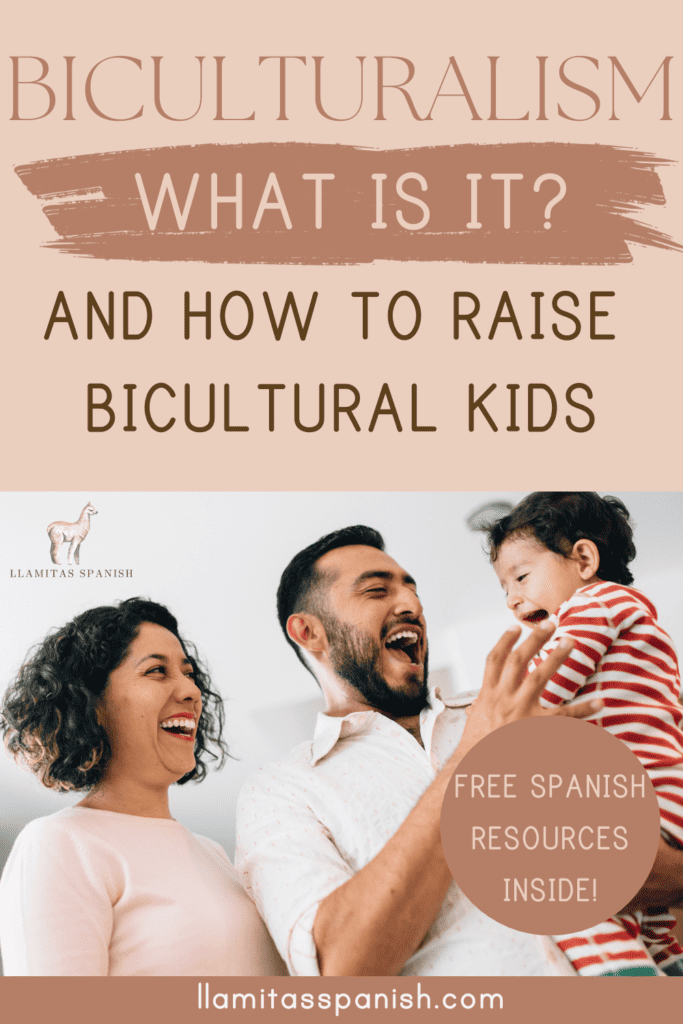
For those of us raising bilingual kids, the cultural expansion that naturally comes with learning a new language, and becoming familiar with the cultural context in which that language originates, automatically catapults us into the terrain of biculturalism.
Yet for each of us who may consider ourselves “bicultural” or “multicultural,” the meaning may be entirely different – and that is perfectamente perfecto!
Table of Contents
What exactly is Biculturalism?
Biculturalism generally refers to the mixing of two cultural elements within individuals, families, and/or scenarios. It may describe individuals or families that identify as members of two distinct and separate cultures.
The term may also be applied to things like bicultural music, a bicultural event, or a bicultural environment.
Dictionary.com defines the term “biculturalism” as:
The presence of two different cultures in the same country or region.
By extension, the term “region” – when applied to the social environments we occupy daily – may also be defined as simply any type of social setting, such as a home, a school, a church, a playground, a family gathering, or a restaurant.
In fact, anyone or anything may be identified as bicultural or multicultural, if a person embodies and somehow retains and expresses elements of more than one culture.
When we look at the world in this way, we realize that almost the entire universe that surrounds us is bicultural and, in many cases, multicultural.
Benefits vs Challenges of Biculturalism
Many studies have now confirmed that exposure to different cultures powerfully influences how people perceive themselves and others, how they define themselves and their cultural background, and how they see their place in the world and in the society in which they live.
The earliest studies on biculturalism, published between 1928 and 1947, focused on the belief that biculturalism was associated with social adjustment difficulties, producing confused identity and a perceived incompatibility between the individual’s two cultures.
Newer studies later challenged this view, however, and found considerable psychological benefits associated with being bicultural.
In fact, many newer studies have found that individuals who are actively engaged in both the dominant social culture in which they live, and the heritage culture they are exposed to at home, demonstrate very positive social adjustment outcomes.
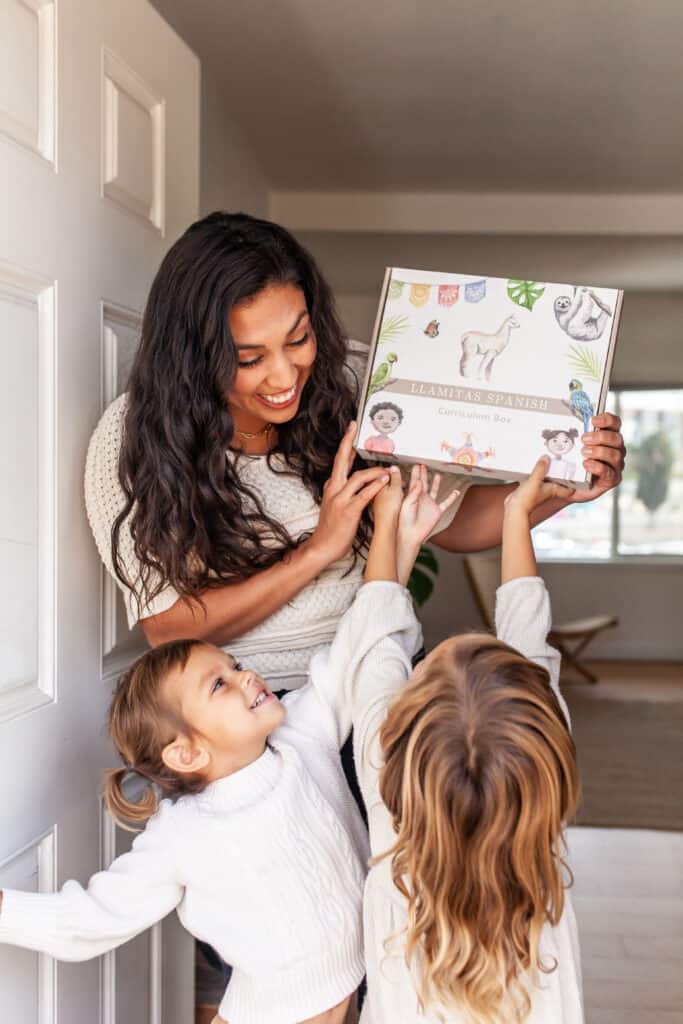
One recent study, led by Dr. Maria Stogianni of the University of Luxembourg in 2021, expanded upon a 2013 study published in The Journal of Cross-Cultural Psychology, investigating the relationship between biculturalism and social adjustment, and whether social adjustment is actually stronger in bicultural individuals versus monocultural individuals.
Many characteristics were considered as factors in this study, such as age, gender, ethnic affiliation, migration status, and length of stay in the host country.
Across the board, Dr. Stogianni’s team found a positive correlation between biculturalism and social adjustment, with many of the bicultural test subjects displaying more positive social outcomes than their monocultural counterparts.
Other studies have shown that bicultural children who actively participate in cultural traditions from both of their cultures display an increased level of self-confidence and are overall more successful academically and socially than children who reject or discriminate against one of their two cultures.
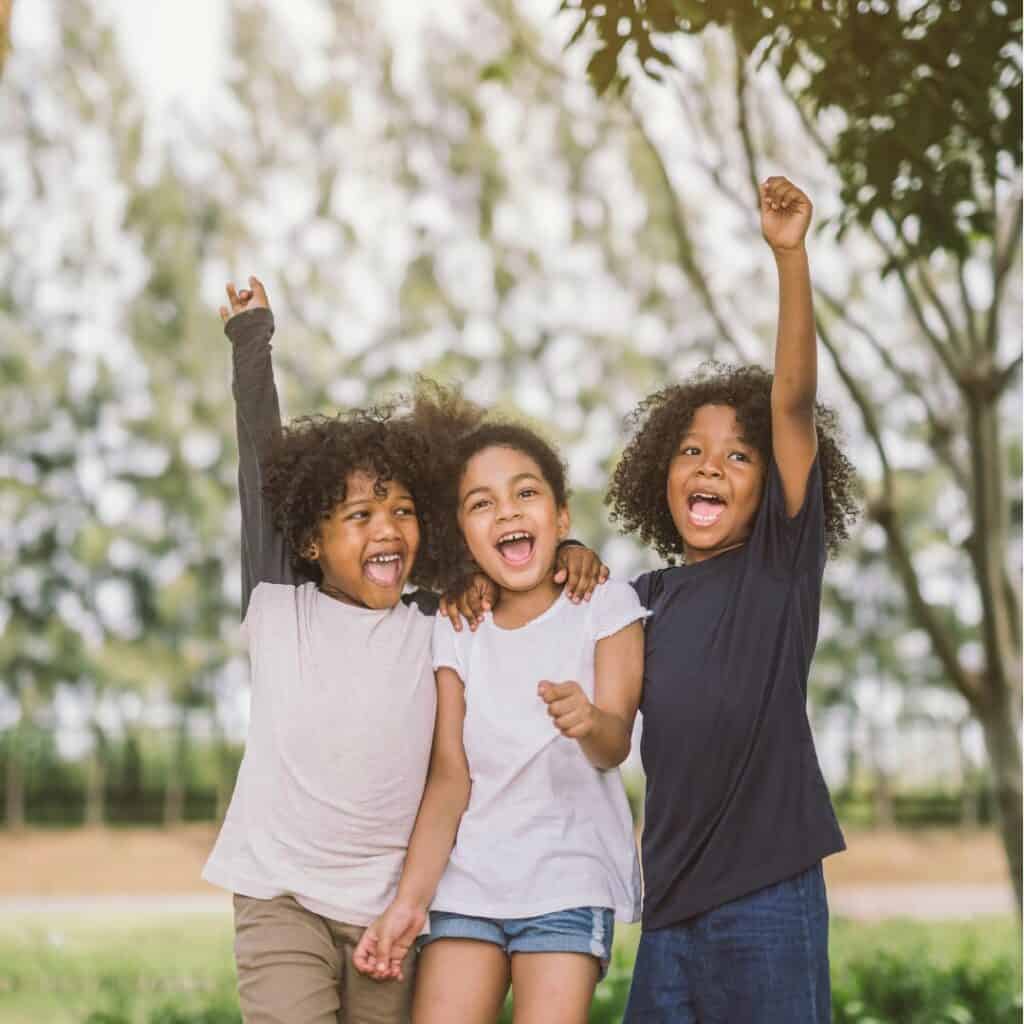
A 2012 study published in The Journal of Personality and Social Psychology focused specifically on the effects that biculturalism has on an individual’s creative and professional success.
Test subjects in the study were asked to think “outside the box” and devise creative uses for a brick. The subjects who identified as bicultural generated more ideas than their monocultural counterparts, and those ideas also displayed a wider spectrum of creativity.
The research team arrived at the conclusion that bicultural individuals tend to be more innovative, creative, and resourceful than their monocultural counterparts, because they could easily see and imagine things from more than one perspective.
Raising a Bicultural Family: Navigating both Waters
Raising a bicultural family can be a wonderful experience that enriches the lives of every member of your household!
A bicultural home is filled with the wit and humor of two languages, the delightful range of tastes in a relatively wide variety of food, and varied ways to celebrate holidays, faith, rites of passage, and special occasions.
Creating a bicultural home that embraces a heritage culture as well as the dominant social culture, and finds ways to build fun bridges between them, is a privileged environment in which to raise children, as they will be more open to variety in the outer world.
If your goal is to raise a bicultural family with the support of some really great tools to help you expand your child’s enjoyment of the Spanish language and Hispanic culture, you’ve definitely come to the right place!
Because language is one of the essential tenets of biculturalism, starting with a Spanish home-education program such as our Llamitas Spanish® Curriculum is a great place to begin, to ensure that you cement the ever-important language component in place.
Culture embodies such things as language, food, literature, music, art, customs, holiday traditions, folklore, religion, and lifestyle, so being bicultural simply means having twice as many options for enjoying and celebrating all of these aspects of life!
Who can Raise a Bicultural Family?
Really, becoming bicultural is nothing more than a choice; a simple choice you can make to benefit you and your kids.
For example, a family in California, in which Mom is from Guatemala and Dad is from the U.K. would be considered a bicultural home, and the children would likely identify as bicultural.
Similarly, a family in New York in which all the parents and/or grandparents emigrated from the Dominican Republic, but the children were born in the U.S. and are being raised as Americans, would also be considered a bicultural home.
Most of us identify scenarios of these types as the classic bicultural environment. But it doesn’t end there. There are many other opportunities to identify as bicultural!
A home wherein both parents are born and raised in the U.S., but one set of grandparents is originally from Ecuador and one set is from Oklahoma, may also be considered a multicultural home or family.
It is very likely that cultural traditions from each grandparents’ region of the world made its way into that home and into the everyday lives of that family.
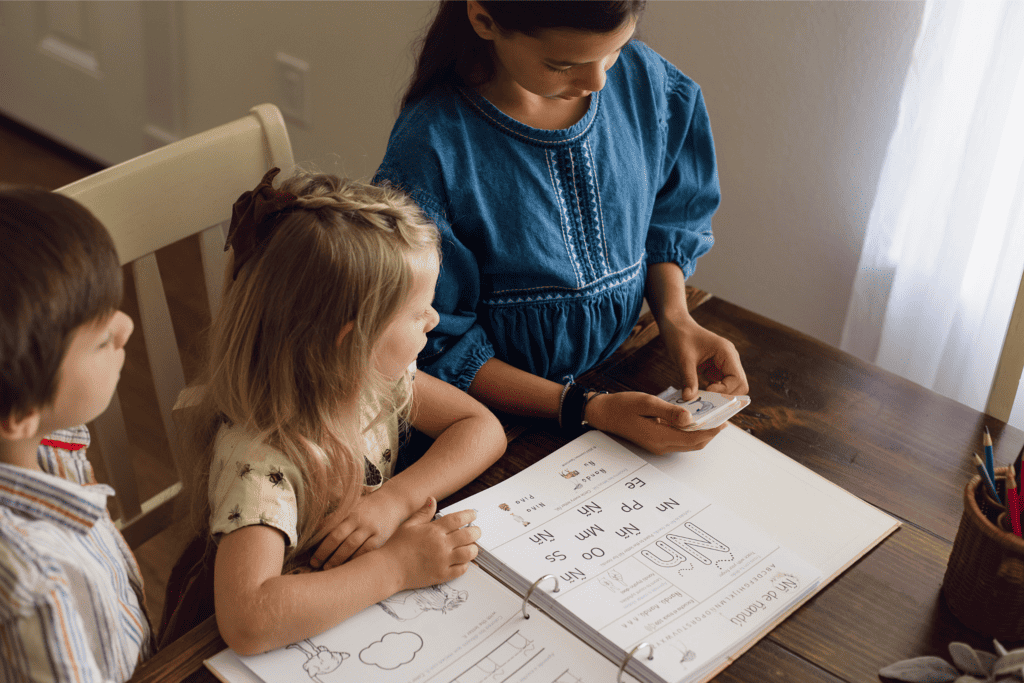
And… if one of those grandparents from Oklahoma also happened to be the child of German immigrants, then the family may even be considered multicultural!
A home in which both parents are born in the U.S. (of any ethnicity) but deliberately choose to raise their children as bilingual English/Spanish speakers, and also choose to incorporate essential elements of Hispanic/Latino culture into their lives, such as food, music, books, and entertainment, may also be considered a bicultural home.
In fact, wherever any of the essential elements of culture can be incorporated, with the aid of the right teaching tools and the use of some old-fashioned ingenuity and creativity, you can successfully achieve biculturalism in your home and enjoy a bicultural lifestyle – it’s that simple!
And, incorporating a new culture into your household and family traditions is a great way to build extra-special memories with your pequeñitos, as the family will always have this special bond to share.
What Percentage of People Consider themselves Bicultural?
One of the consequences of worldwide migration and globalization is that a growing number of people develop within bicultural or multicultural environments, and identify as bicultural.
According to a United Nations study conducted in 2019, over 258 million people are currently estimated to be living in a country outside of their country of birth.
Statistically, according to the Organization for Economic Co-operation and Development (OECD), about one in every ten individuals residing in OECD member countries were born outside of that country.
In younger populations between the ages of 15 and 34, over 25% are first-generation immigrants or come from immigrant parents, according to an OECD report published in 2020.
In the U.S. the number of bicultural individuals is also rapidly increasing. For example, as of 2010, only about 9 million residents of the U.S. identified as bicultural, whereas ten years later, the 2020 U.S. Census reports over 33.8 million people that identify as bicultural.
With Hispanic/Latinos representing the largest group of cultural immigrants in the U.S., the majority of Hispanic/Latino households are bilingual as well as bicultural, with about 85% reporting that they speak “at least some Spanish” at home.
Based on the use of the Spanish language as a qualifying element of biculturalism, we can assess that about 85% of Hispanic/Latino families in the U.S. identify as bicultural.
Giving your Child the Bicultural Advantage
It’s obvious that the benefits of biculturalism will enhance your child’s entire life from early childhood to old age.
To help you turn your home into a bicultural haven, we’ve created a series of Spanish curricula resources to help you enjoy Hispanic/Latino language and culture as a familia!
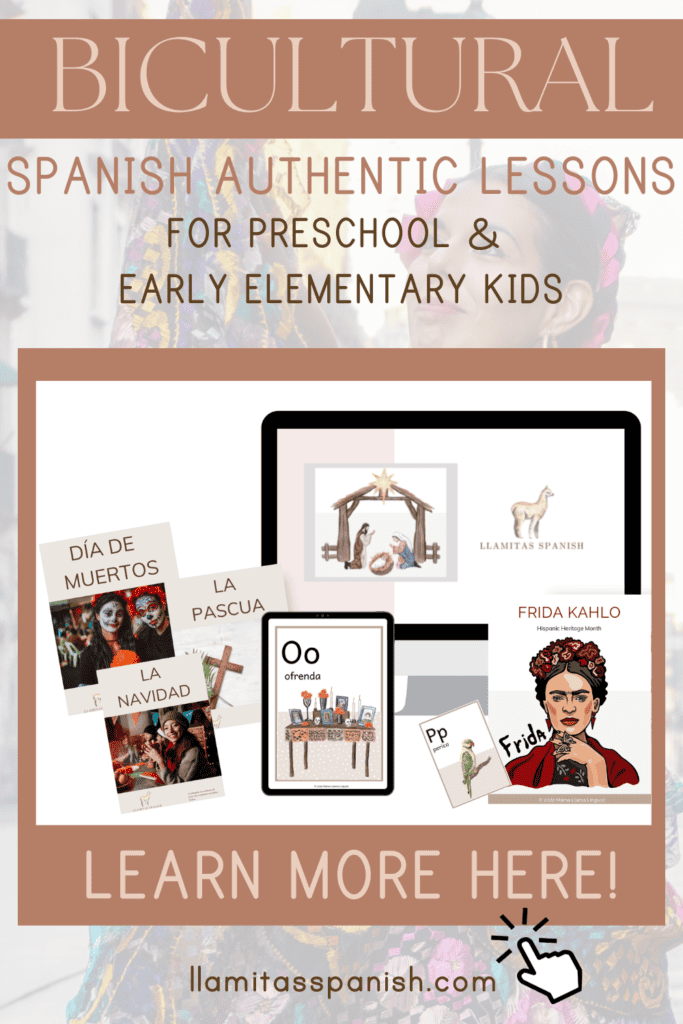
To get started, visit our curriculum shop for our fully-enriched Llamitas® Spanish Curriculum levels.
Our open and go programs will help your child improve their Spanish language skills while discovering poems, folktales, cultural traditions, and authentic nursery rhymes in Spanish!


